Atmosphere – Pressure Belts of the World
by Devender
0 1243
Pressure belts are horizontal pressure variations created in the earth's atmosphere just above the earth's surface due to seasonal and spatial variations of energy coming to the earth at different places.
Atmosphere – Pressure Belts of the World
- Atmospheric Pressure:
- Isobar:
- Variation in Atmospheric Pressure:
- Pressure decreases with rising temperature
- Pressure decreases with an increase in Altitude
- An increase in water vapor will result in pressure decrease
- Gravitational force is inversely proportional to the square of the radius of the earth
- Rotation of Earth exerts centrifugal force outwards
- Pressure Belts:
- Equatorial Low:
- Polar High:
- Subtropical High:
- Subpolar low:
- Wind:
Atmospheric pressure can be measured using a Barometer and it is defined as the weight of the column of mercury 76 cm/760 mm high at sea level.
An Isobar is an imaginary line drawn through places with equal atmospheric pressure reducing each to sea levels. The spacing of Isobars represents the pressure gradient that is the rate of change of pressure.
It is responsible for the horizontal movement of winds and there are a few factors that affect the atmospheric pressure which are: Temperature of air, Altitude, Water Vapour, Gravitational force, and Rotation of earth.
The horizontal distribution of pressure over the earth's surface is expressed in terms of pressure belts. There are 7 pressure belts and they run in the east to the west direction along certain specific latitudes.
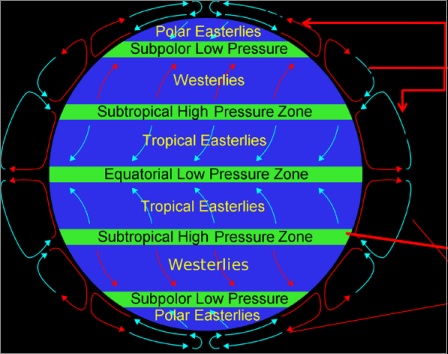
Thermally-induced pressure belts: Equatorial low & polar high
Dynamically induced pressure belts: Subtropical high & subpolar low
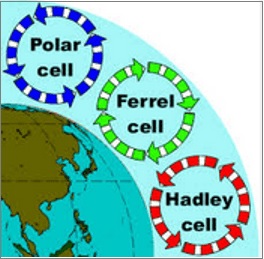
It is a low-pressure belt extending up to 10 Degree North & South of the equator. The reasons for the low pressure are: high temperature, high water vapor in air and a maximum speed of earth's rotation at the equator. Surface winds are not present in this region as winds rise vertically making only vertical currents possible.
It is from 80–90 Degree North-South of the equator in the Polar region caused by the extremely low temperature at poles which remains below freezing point even during summers. The high pressure is due to the cold and dense air.
It is from 23½ – 35 Degree North-South of the equator and the high pressure is because of the descent of cool air from high altitudes which creates calm conditions with feeble winds. This belt is also known as Belt of Calm or Horse Latitude.
It is from 45-60 Degree North-South of the equator. The low pressure is because of the blowing away of air vertically up from the land surface as the air poles get hot upon reaching circles & rise vertically up and greater axial rotation of the earth.
The horizontal movement of air is caused by the horizontal atmospheric pressure difference. The wind speed depends on the pressure gradient directly that is the greater the pressure gradient, the greater will be the wind speed.
The deflections of winds are caused by the Coriolis effect. Ferrels' law suggests that winds get deflected to their right in the Northern Hemisphere whereas to their left in the southern hemisphere.
Coriolis force only changes the direction of the wind and has no impact on its speed. Coriolis force is 0 at equator and maximum at poles which that we only consider the horizontal component of it.

Share:

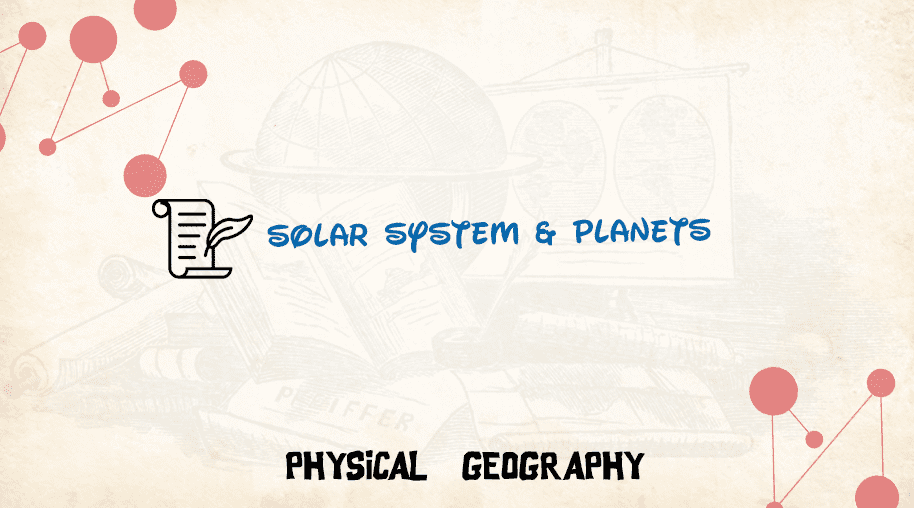
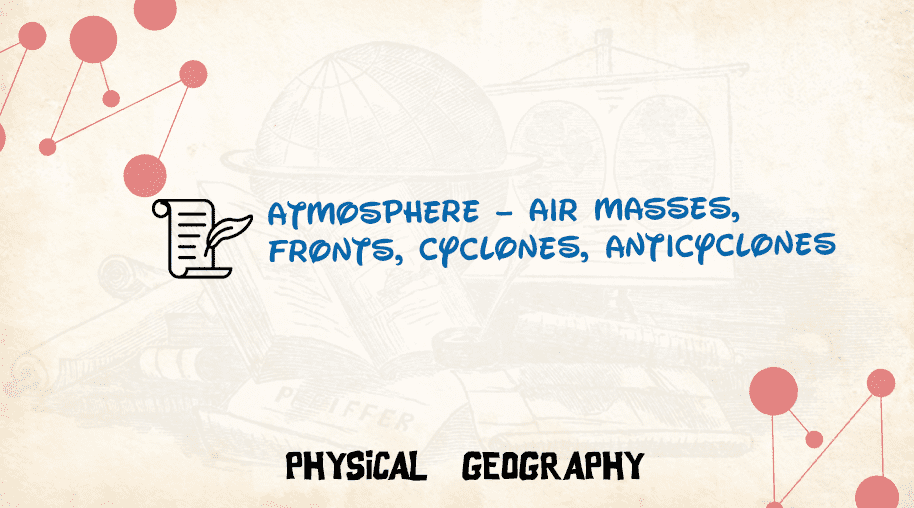
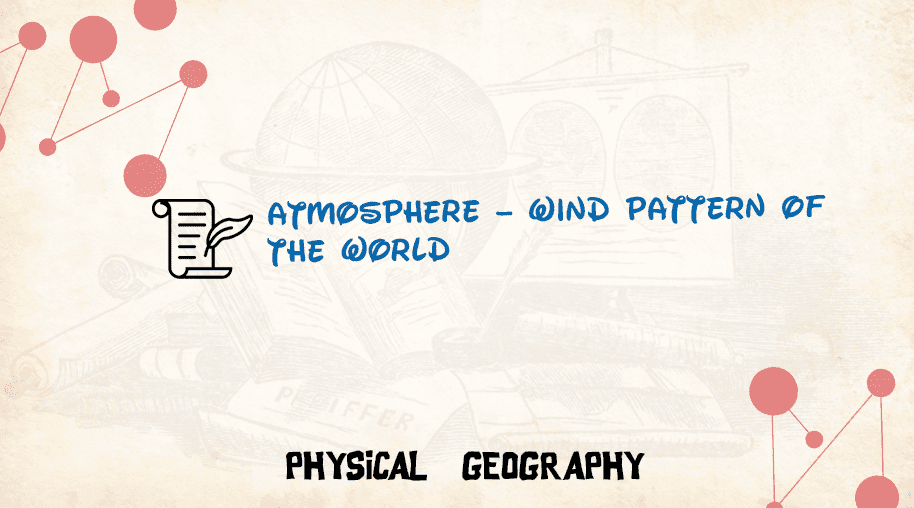
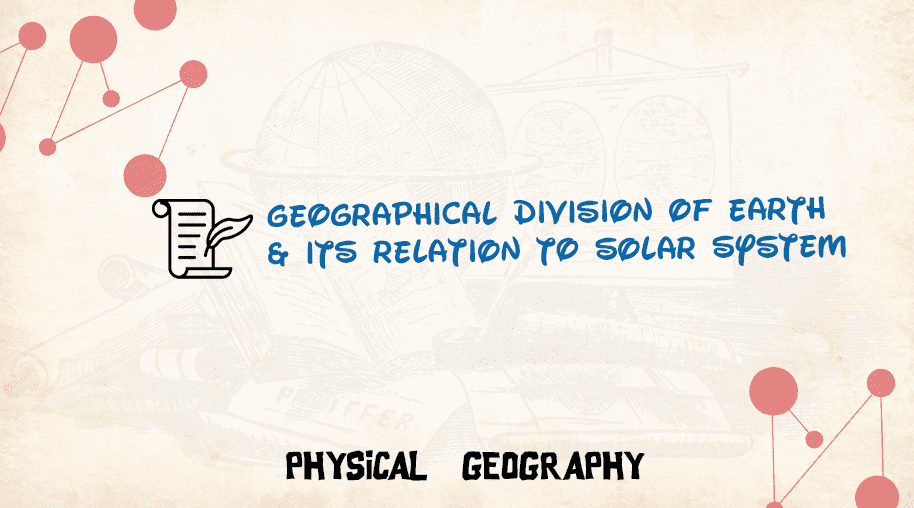


Comments
Waiting for your comments